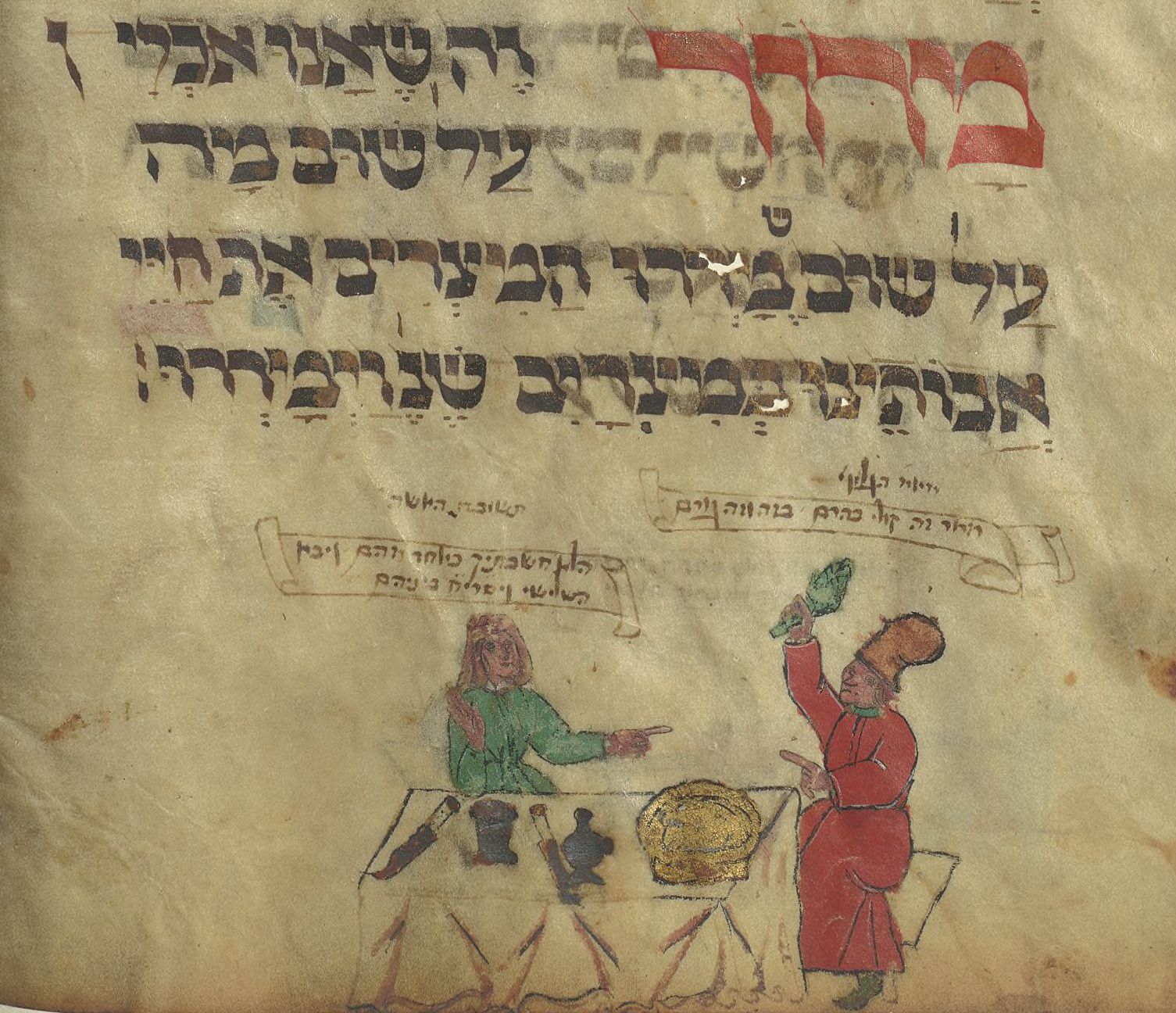

Third in a series of short blog posts introducing new features of our online database
Have you tried out our Medium filter yet? As part of our ongoing series introducing specific features of our database to assist you in developing research strategies, let us direct your attention to the Medium field. First, you may ask, what exactly do we mean by “Medium”? In the Index database, “Medium” refers both to the materials that compose the work of art and to the methods of facture or technique employed in its creation. As Herbert Kessler rightly observes, “matter mattered in the Middle Ages,” and we at the Index wish to foster exciting new scholarship related to the iconography of materials.[1] A cursory glance at our Medium category under the “Browse” tab reveals an extraordinary array of materials and techniques. Objects may include materials ranging from “acacia” wood to “zeiler sandstone,” and all these materials might have been “hammered” and “punched,” or “chiseled” and “incised,” or subjected to many other possible means of manipulation.
But what if you are not ready for this level of specificity? For more general Medium searches, we have devised a series of basic category terms to help you find what you need: “stone,” “gems,” “wood,” “ivory,” “metal,” “enamel,” and “textile.” For example, let’s say you’re interested in representations of the Virgin Mary in any kind of stone. A keyword search for “Virgin Mary” on the database homepage will yield thousands of results in all media. So, if you want to limit your results to images in stone, simply find the “Filters” tab under “Advanced Search” and select “stone” under the Medium filter. Click on “Search,” and you will reduce your list to 1,752 records.
Now what if you know that you’re searching for representations of the Virgin Mary in a specific kind of stone? This time, let’s say you’re looking for marble sculpture. Instead of sifting through all 1,752 records for marble examples, just try selecting “marble” in the Medium filter. This should bring your results down to a mere 410 records.
You can also try refining your search with another filter. Interested in marble representations of the Virgin produced in medieval France? Add “France” in the Location filter, and you’ll narrow your results to 55 records.
So, whether you’re searching within broad categories or examining specific materials and techniques, try using the database’s Medium filter to adjust your search to your research interests.
Here are a few additional pointers:
So, as you undertake your research with us, we hope that you’ll give the Medium filter a try. As always, please feel free to send us questions or comments about any aspect of the IMA database. Contact us at theindex@princeton.edu. Matter matters…and so does your feedback!
[1] Herbert Kessler, Seeing Medieval Art (Peterborough, Ont.: Broadview Press, 2004), 14.

This year’s contributions are unusually diverse, ranging from Byzantine wall paintings and Romanesque sculpture to Ottonian dynastic images and Jewish ritual books. In addition, for the first time this year authors were offered the option to include color illustrations. Check out the contents of the latest volume on the updated journal page: https://ima.princeton.edu/studies-in-iconography/. Congratulations and thank you to all our authors and reviewers!
Studies in Iconography (ISSN 0148-1029) is an annual publication housed at the Index of Medieval Art at Princeton University since October 1999. It is dedicated to publishing innovative work on iconography and other aspects of visual culture of the period up to 1600. We welcome submissions of innovative work on iconography and other aspects of visual culture of the period up to 1600, including those with interdisciplinary, theoretical, and critical perspectives. Submissions are accepted year round; see https://ima.princeton.edu/studies-in-iconography-editorial-guidelines/ for current guidelines.

June, from the Très Riches Heures du Duc du Berry (Chantilly, Musée Condé, 65/1284), fol. 6v © Photo. R.M.N. / R.-G. Ojda
The Index will be closed on June 4 and 5 as Princeton celebrates Class Day and Commencement 2018. We look forward to welcoming visitors during Princeton University weekday summer hours, 8:45-4:30, beginning June 6.